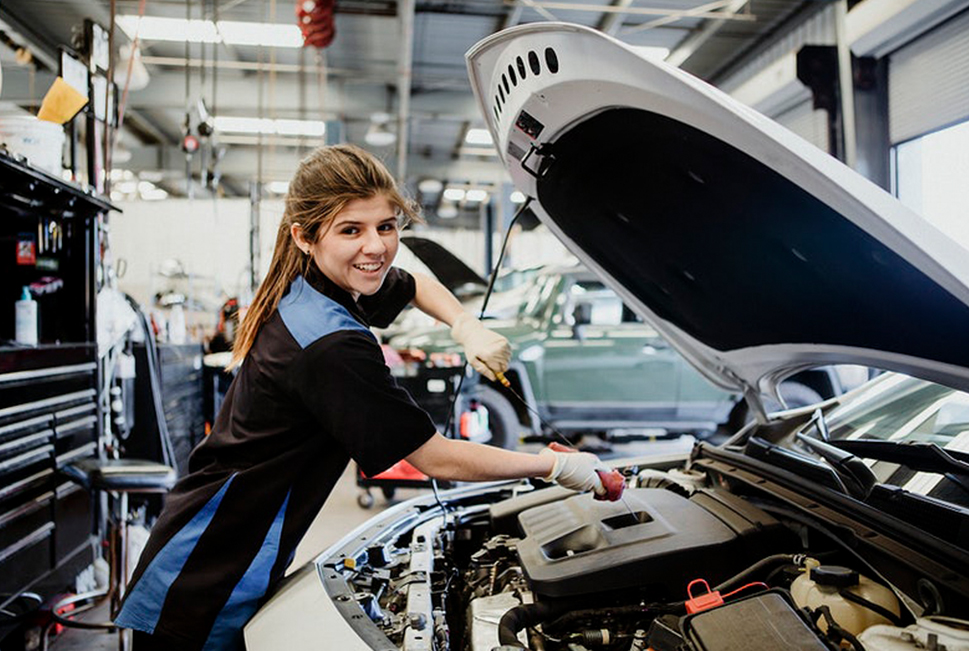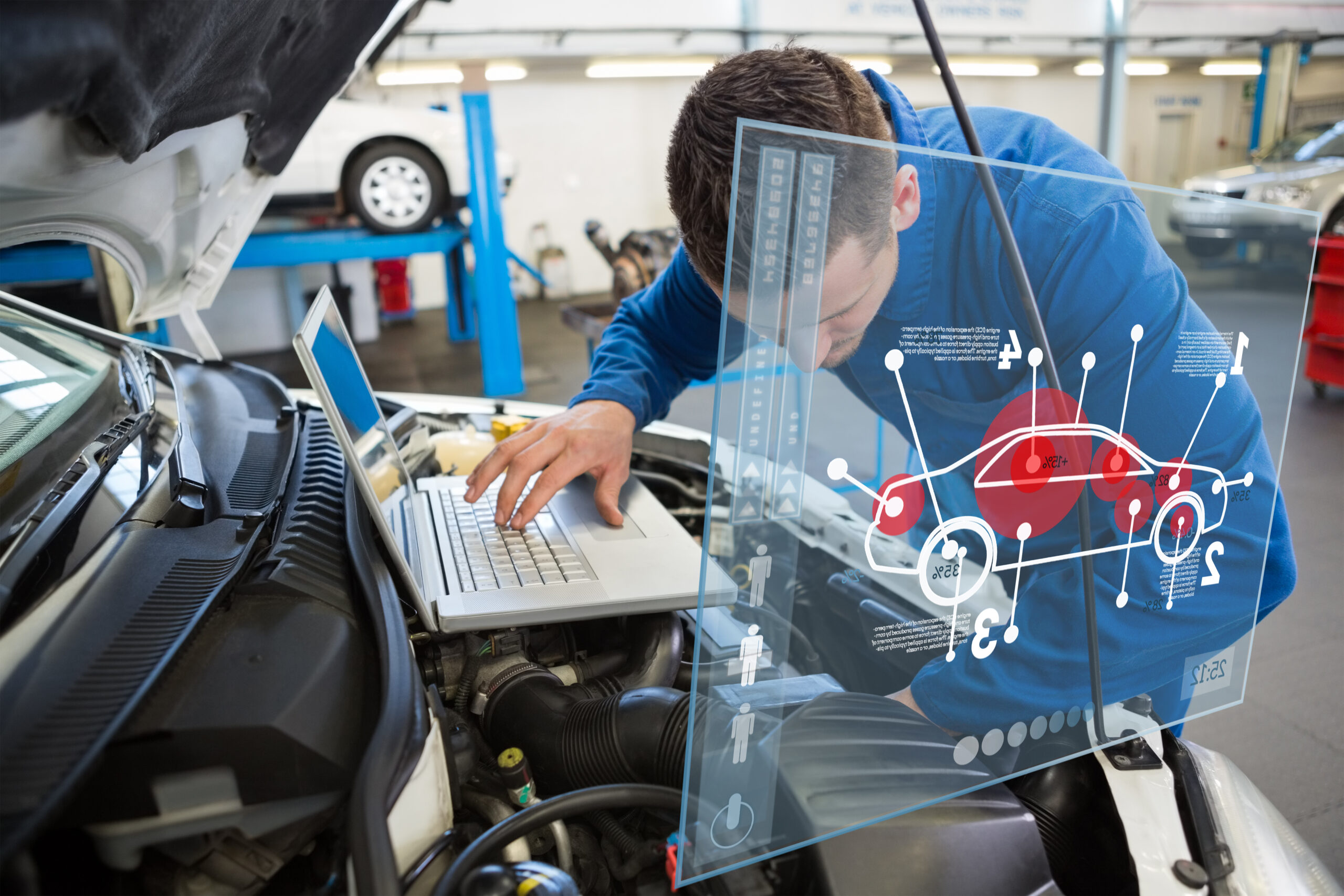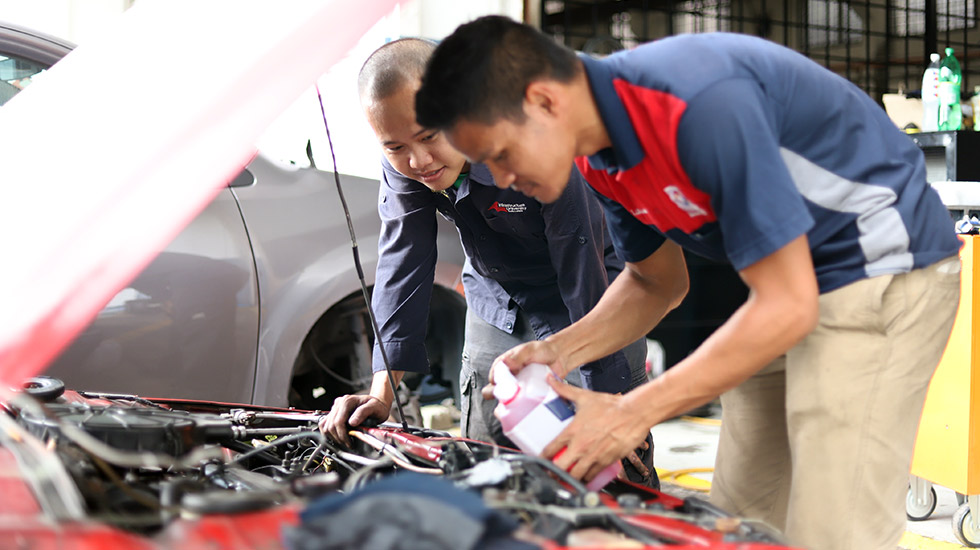Understanding London’s Low Emission Zone

London’s low emission zone, covering Greater London areas since 2008, requires vehicles driving through to meet certain emissions standards. The main aim is to discourage pollution from diesel engines. Different to London’s congestion charge, the London emission zone is designed to limit pollution coming from vehicle exhausts. The worst polluting vehicles will be charged under this scheme, which could include a daily sum of up to £200, which will make a big difference long term even for large companies.
The LEZ does not apply to most cars or bikes, but only those which have diesel engines, but Lorries and vans falling under this scheme may start developing more carbon friendly products. Many car companies now produce electric cars and low emission vehicles, especially as the low emission zone covers the busiest parts of the capital. Low emission diesel vehicles are produced by companies such as Peugeot, for example of the successful new Peugeot 508 saloon car version with a reduction of fuel consumption by 15 per cent, are starting on their way towards producing such low carbon vans and heavy goods vehicles. Peugeot seem to be one of the leading companies in producing such low emission vehicles. Their 3008 electric hybrid 4 car, the first diesel hybrid car, has a lower than expected fuel consumption and exceptionally low carbon emissions. More so it runs on diesel and so would fall under this. But because of its low fuel emissions the driver would have to pay less than a vehicle with high carbon footprint behind it.
Car trends therefore are now being applied to vans and Lorries in light of London Emission Zones’ changes from 3rd January 2012. This will incorporate more vehicle types. But it does also allow time for vehicle companies to try to develop more environmentally friendly vehicles that well be incorporated into the scheme. The Peugeot 308 five door hatchback, which won crossover of the year in 2010, has lower carbon emissions than ever before. Diesel hybrid technology was impressively displayed at the Frankfurt Motor Show earlier in the year, is clearly setting the trend for diesel vehicles which can actually avoid the large charges of London’s emissions zone, with its very low fuel consumption.
Obviously, the examples given have shown that the London emissions zone, since its introduction three years ago, has been successful, especially as now many car companies are introducing electric models and less polluting vans and heavy goods specialist vehicles. Companies have been forced to take environmental issues seriously, and their customers are following suit. Many companies and their customers want to avoid high London emission zone charges, the most densely populated area of traffic in the UK. Many car buyers now want to opt for a greener choice of vehicle, such as following the Peugeot iOn’s example of zero emissions and powered by electricity. Therefore it is no wonder that low emission vehicles are now starting to become more desirable, for both the purposes of cost saving, and carbon footprint lowering.



